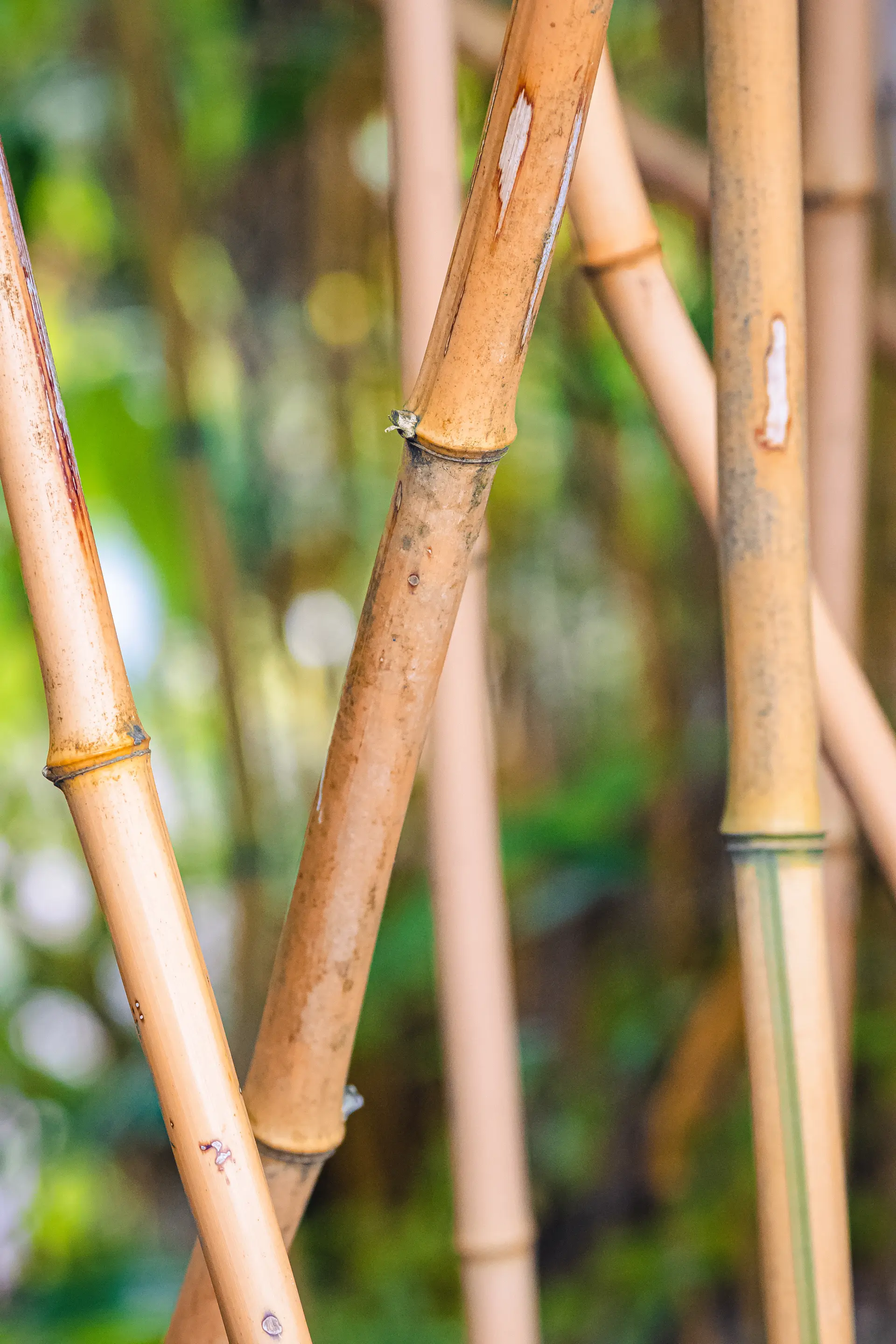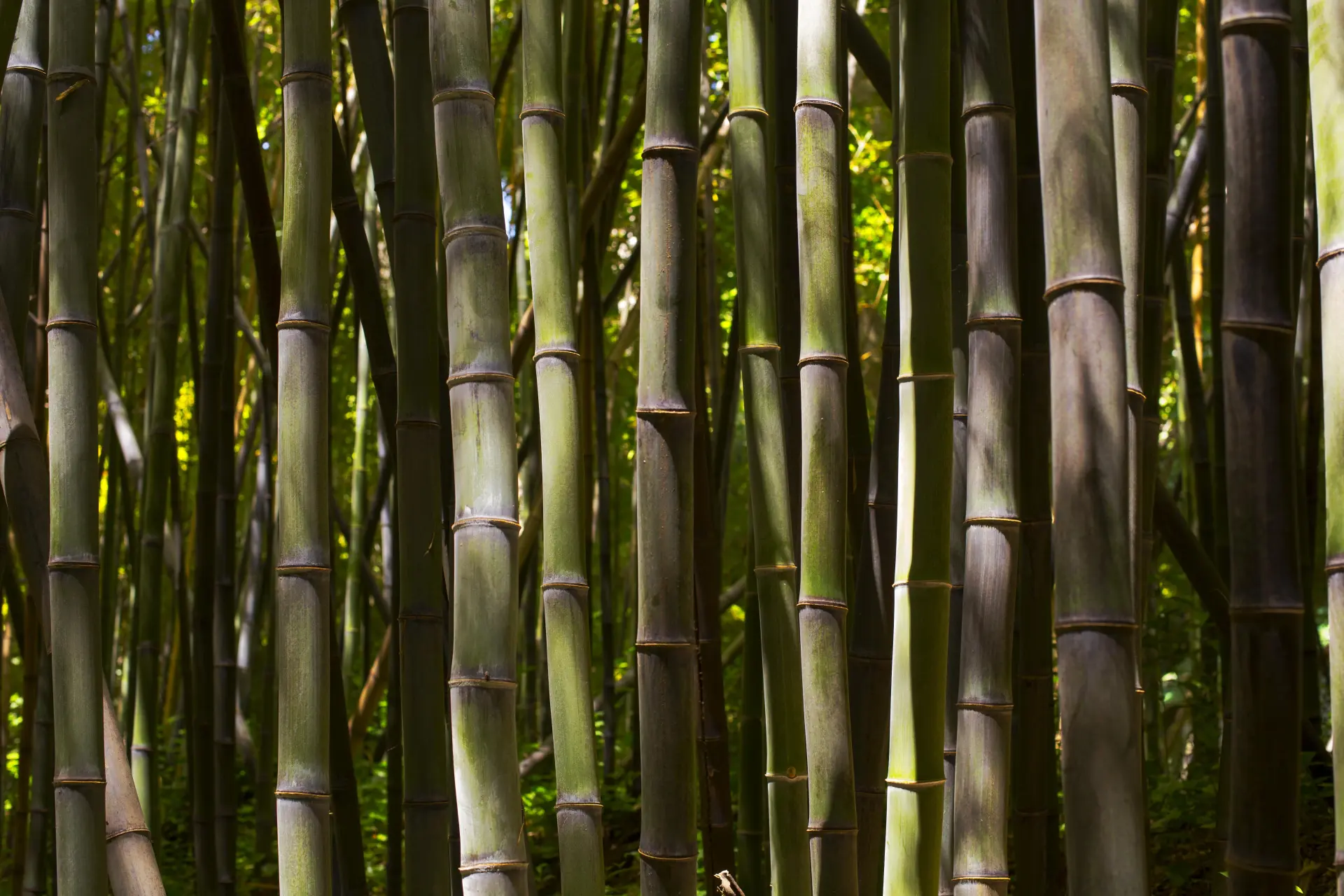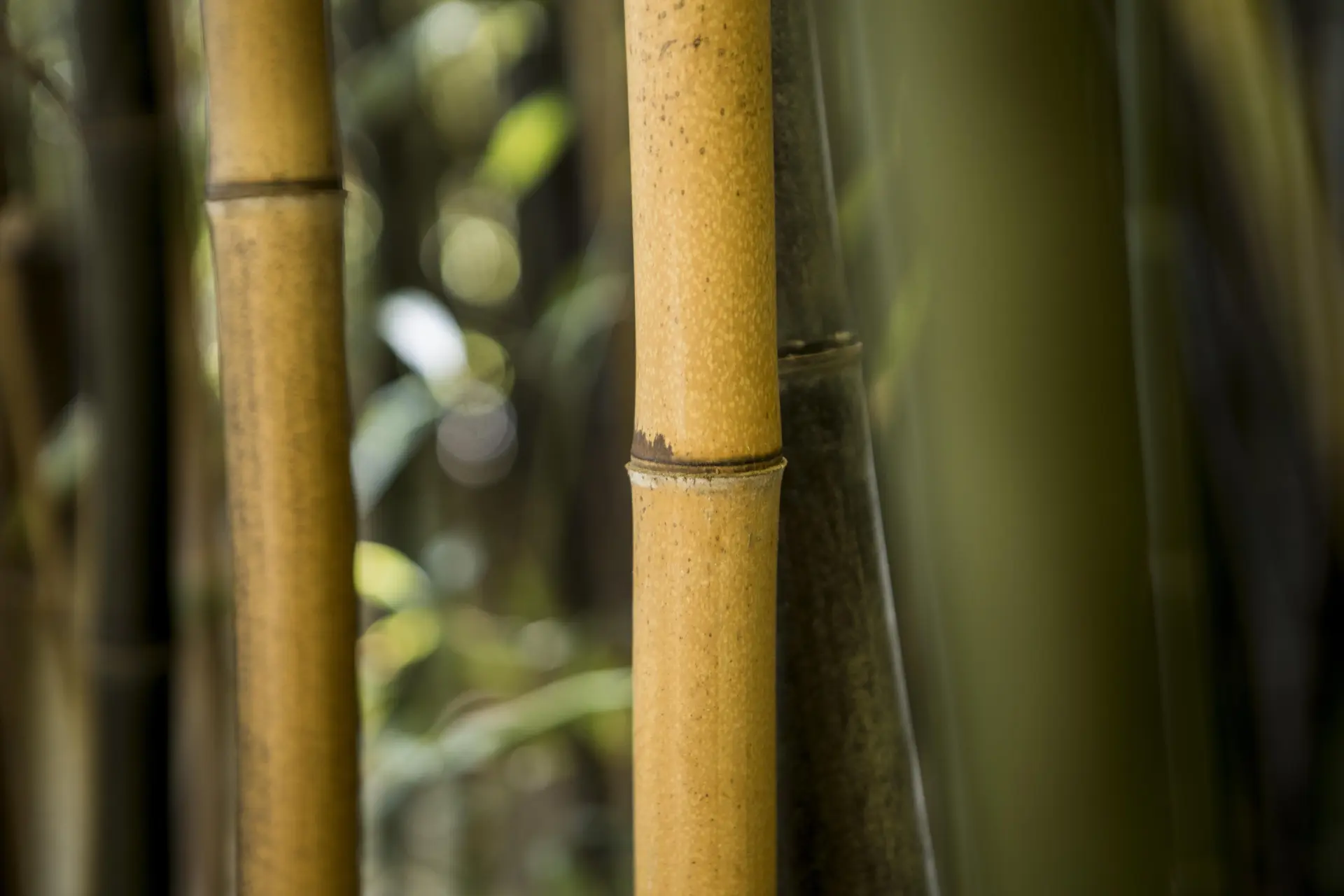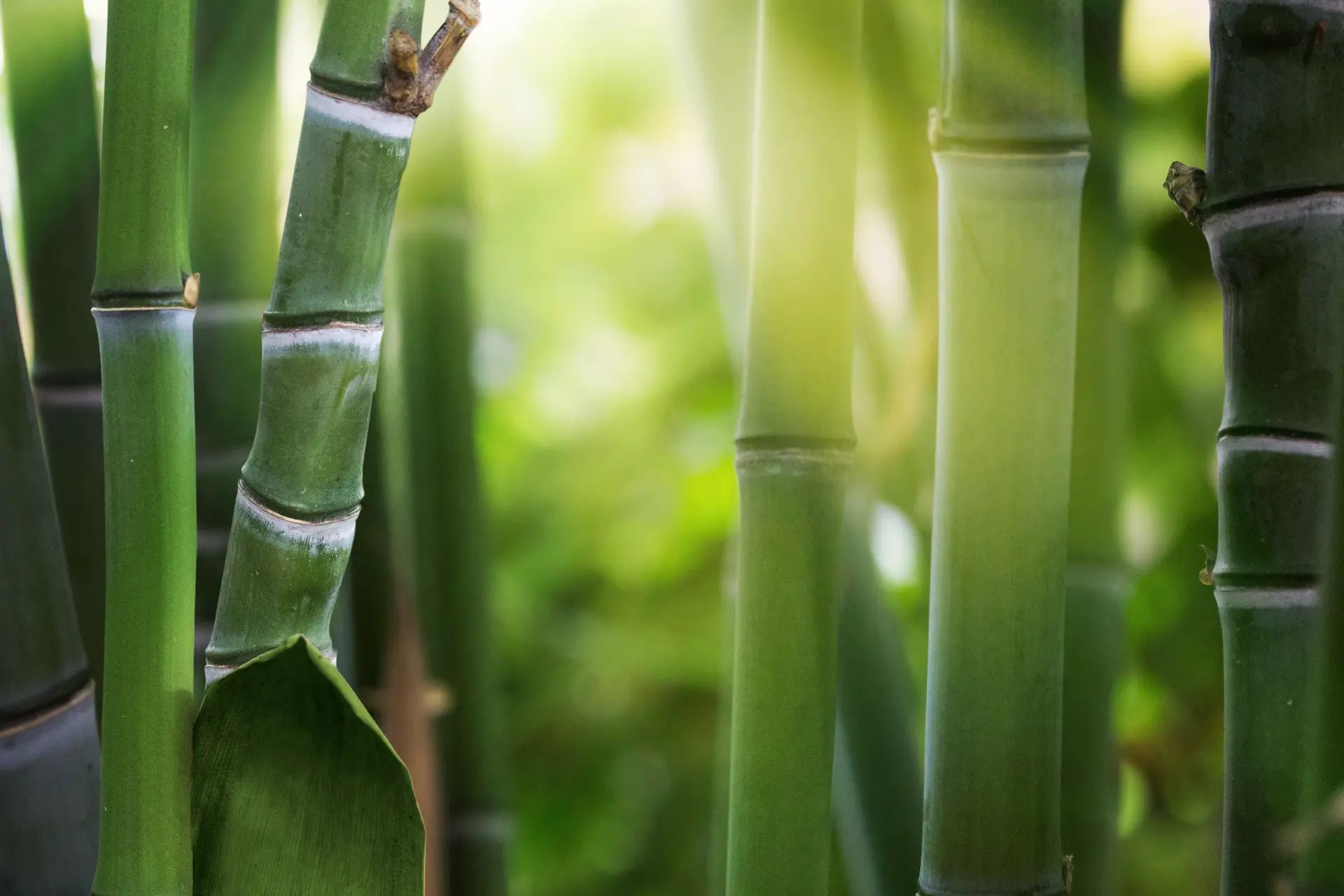Our guide will help you safely remove bamboo from your garden. Discover the benefits of different methods including manual removal and chemical treatments.
Preparing Your Garden for Bamboo Removal
Removing bamboo from a garden requires careful planning to prevent it from growing back. Before removing the bamboo, homeowners should determine whether they are dealing with running bamboo or clumping bamboo. Running bamboo, such as Golden Bamboo, spreads aggressively through underground rhizomes and requires a full excavation. Clumping bamboo, like Black Bamboo, grows in tighter clusters and can often be controlled with targeted pruning and containment.
Identifying which type of bamboo is in your garden can help you decide on the best removal method. For running bamboo, dig deep into the soil to remove all the rhizomes - this ensures that no roots are left behind. Cutting the stalks and removing the central root of clumping bamboo is often the best course of action.
To prepare the landscape, any nearby plants should be cleared away so there's easy access to the bamboo. The bamboo's spread should then be marked out to identify where new shoots may emerge. If you're using a herbicide, any surrounding plants should be protected beforehand.
Manual Bamboo Removal

Manually removing bamboo from a garden requires patience and effort to ensure it doesn't regrow. The first step to remove this plant is to cut down all the visible bamboo stalks as close to the ground as possible. This allows you to gain easier access to the root system.
Next, dig around the base using a spade or a garden fork, and remove all the underground rhizomes (roots). For running bamboo, such as Golden Bamboo, you will need to dig deeper - at least 60–90cm deep - to extract all the roots. On the other hand, clumping bamboo, like Black Bamboo, is easier to remove as you only need to cut out the central root system.
The removed bamboo should then be dried out completely before you dispose of it, as rhizomes can continue growing if it's left in the garden waste. Manual removal is labour-intensive but an effective, chemical-free way to control bamboo in your garden.
Chemical Treatments: When and How to Use Them
Herbicides and chemical treatments can effectively remove deep-rooted and persistent bamboo species from gardens. When they're applied correctly, herbicides can fully eradicate bamboo without damaging any surrounding plants and soil in your garden.
Chemical treatments should only be used when manual removal isn't enough or when the bamboo continues to regrow after being cut. The best time to apply the herbicide is during late summer to early autumn, when bamboo is actively transporting nutrients to its roots, as it will be more susceptible to the treatment.
For running bamboo, cut the stalks to ground level and immediately apply a glyphosate-based herbicide to the exposed stems. This allows the chemicals to penetrate the root system directly and stop the plant from growing. For clumping bamboo, you can apply the herbicide directly to the bamboo leaves if they are still standing, though it can take multiple applications over several months to kill the rhizomes fully.
After applying the treatment, avoid disturbing the area for at least two weeks to allow the herbicide to work. Once the bamboo turns brown and dies, dig out the remaining roots to prevent it from re-growing.

Common Mistakes to Avoid During Bamboo Removal
Many homeowners make avoidable mistakes that can make the removal process difficult or ineffective. One mistake to avoid is not removing the entire root system.
Bamboo spreads through rhizomes underground, which can continue to grow even after the stalks are cut down and removed. If any rhizomes remain in the soil, new shoots will quickly grow. Therefore, it's important to remove and dispose of the entire root system.
Another mistake that's often made is not disposing of the bamboo correctly. Bamboo should never be composted, as it can continue to grow even after it's been removed from the soil. Instead, the bamboo should be dried out and disposed of in a designated disposal site or a garden waste bin.
By avoiding these common mistakes, homeowners can successfully remove bamboo and prevent it from becoming an ongoing issue in their gardens.

If you need an invasive plant and bamboo removal service in Essex, London or throughout the UK, contact our expert today. We can keep your property free from invasive plants and weeds.


